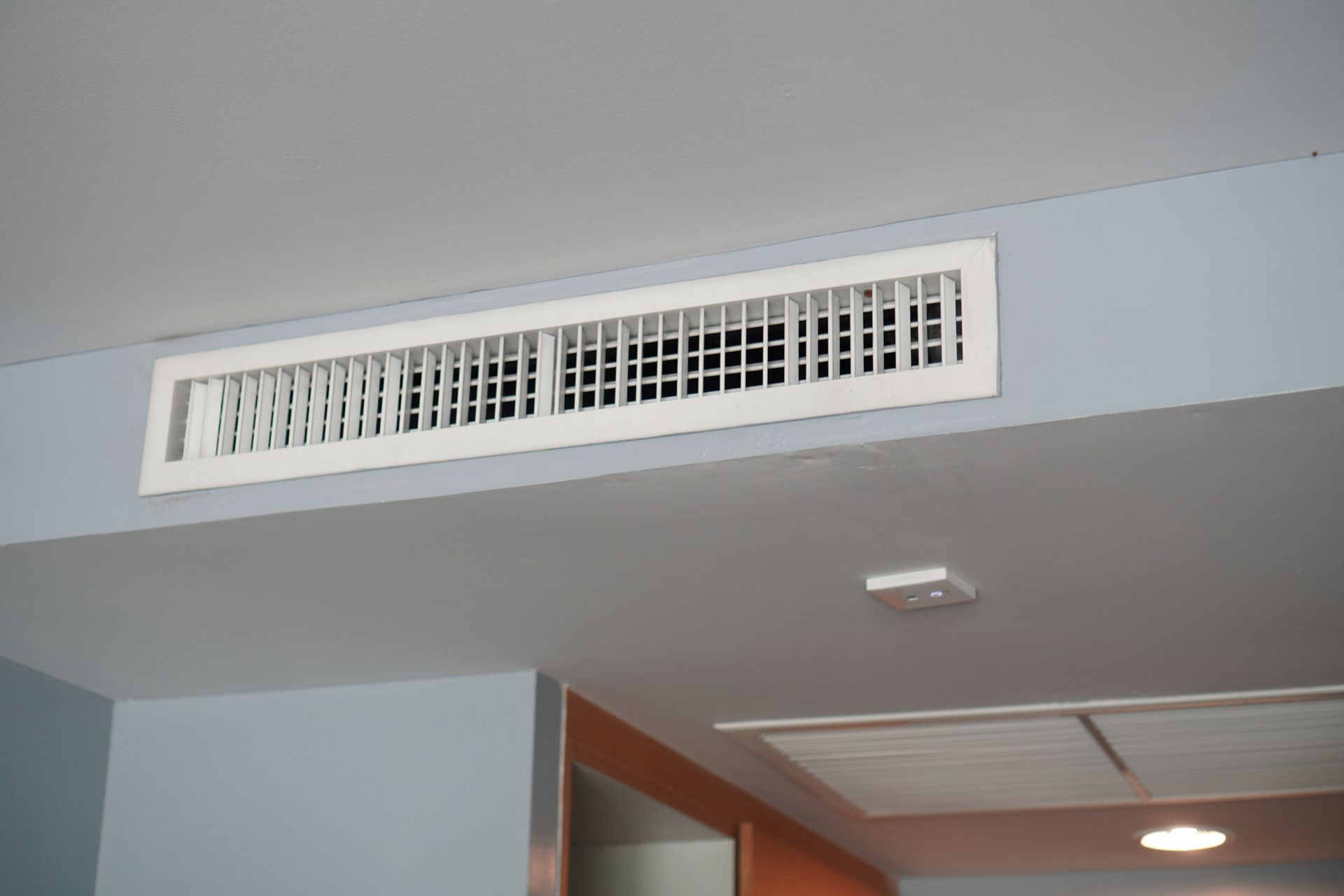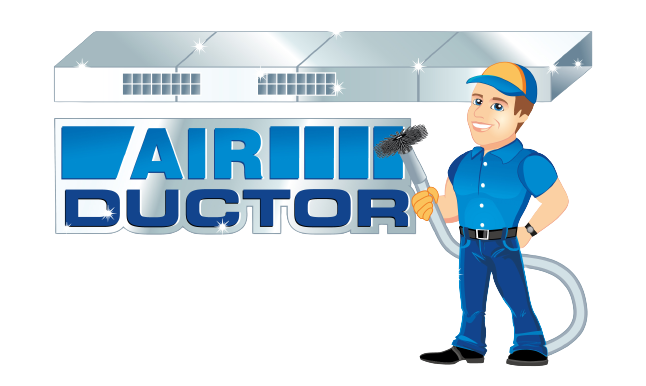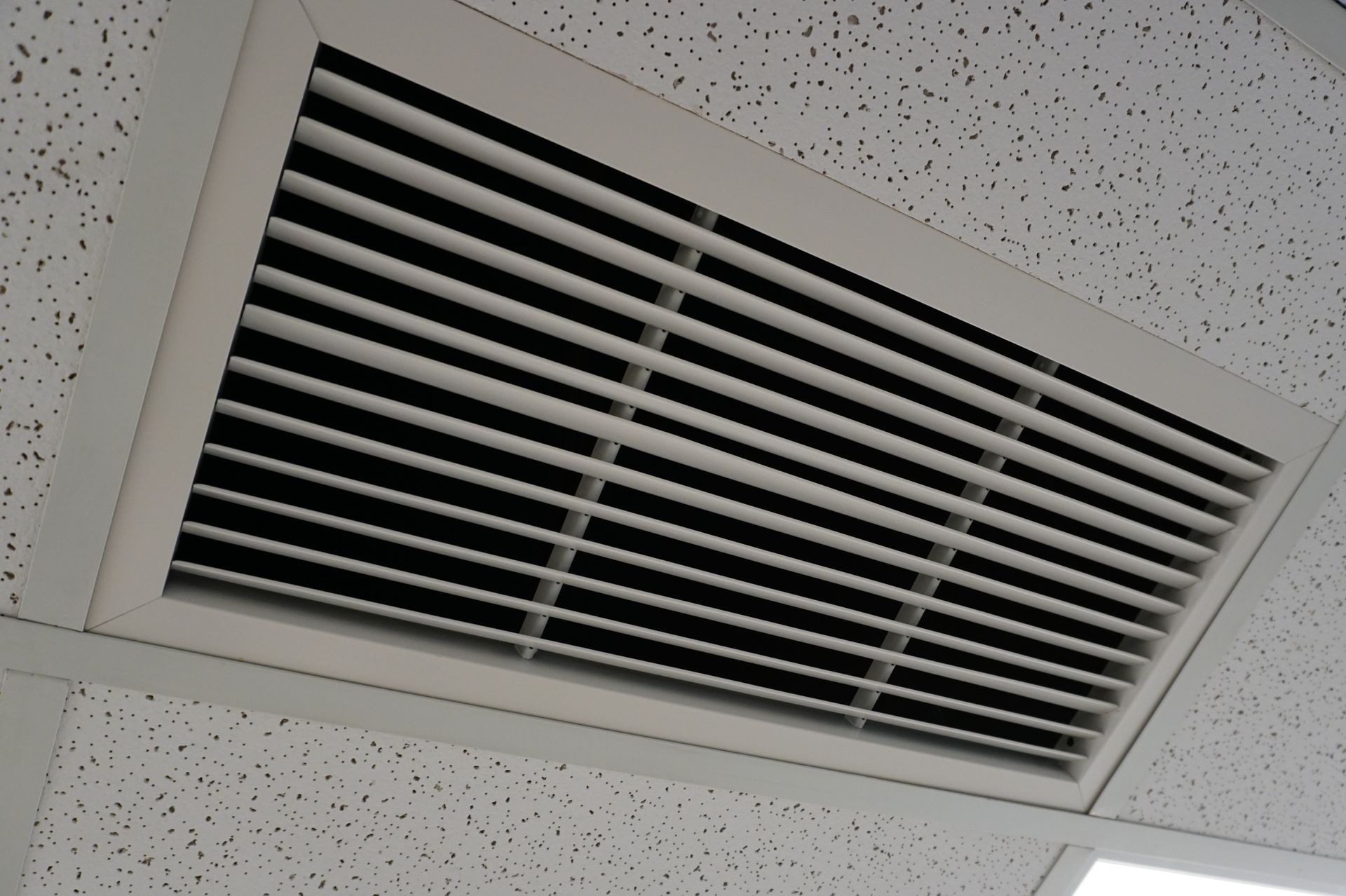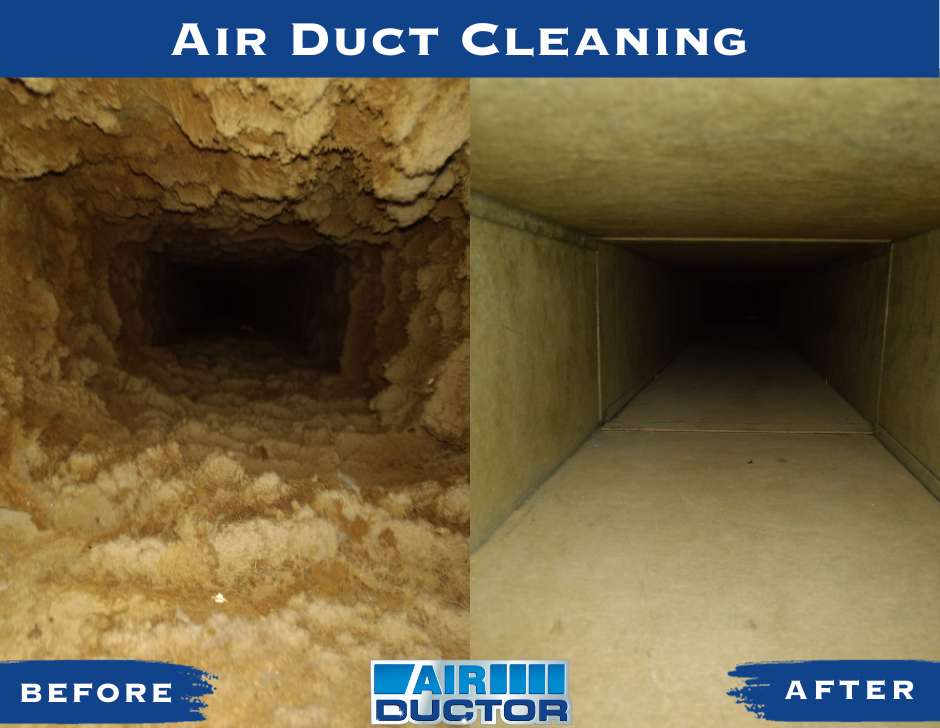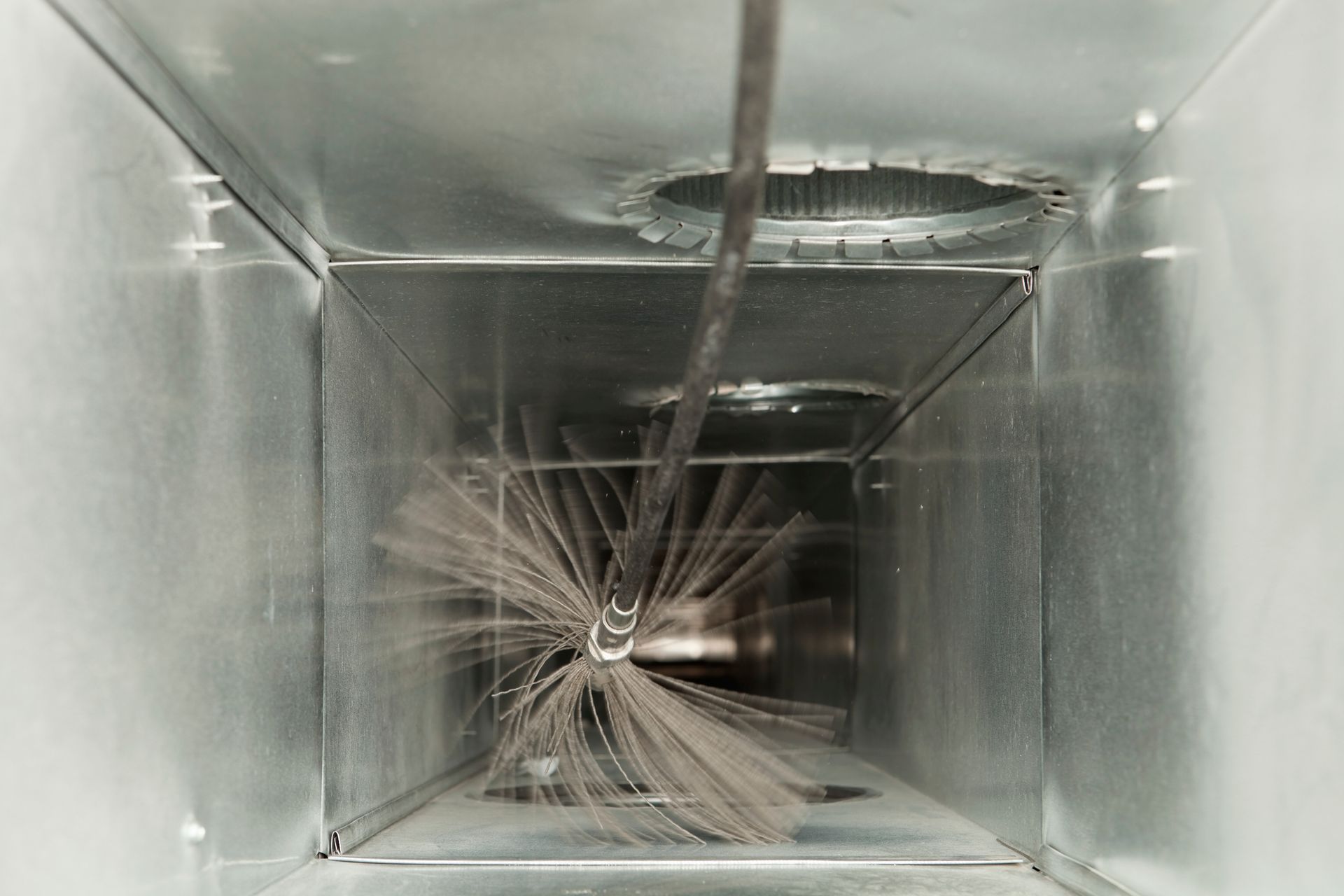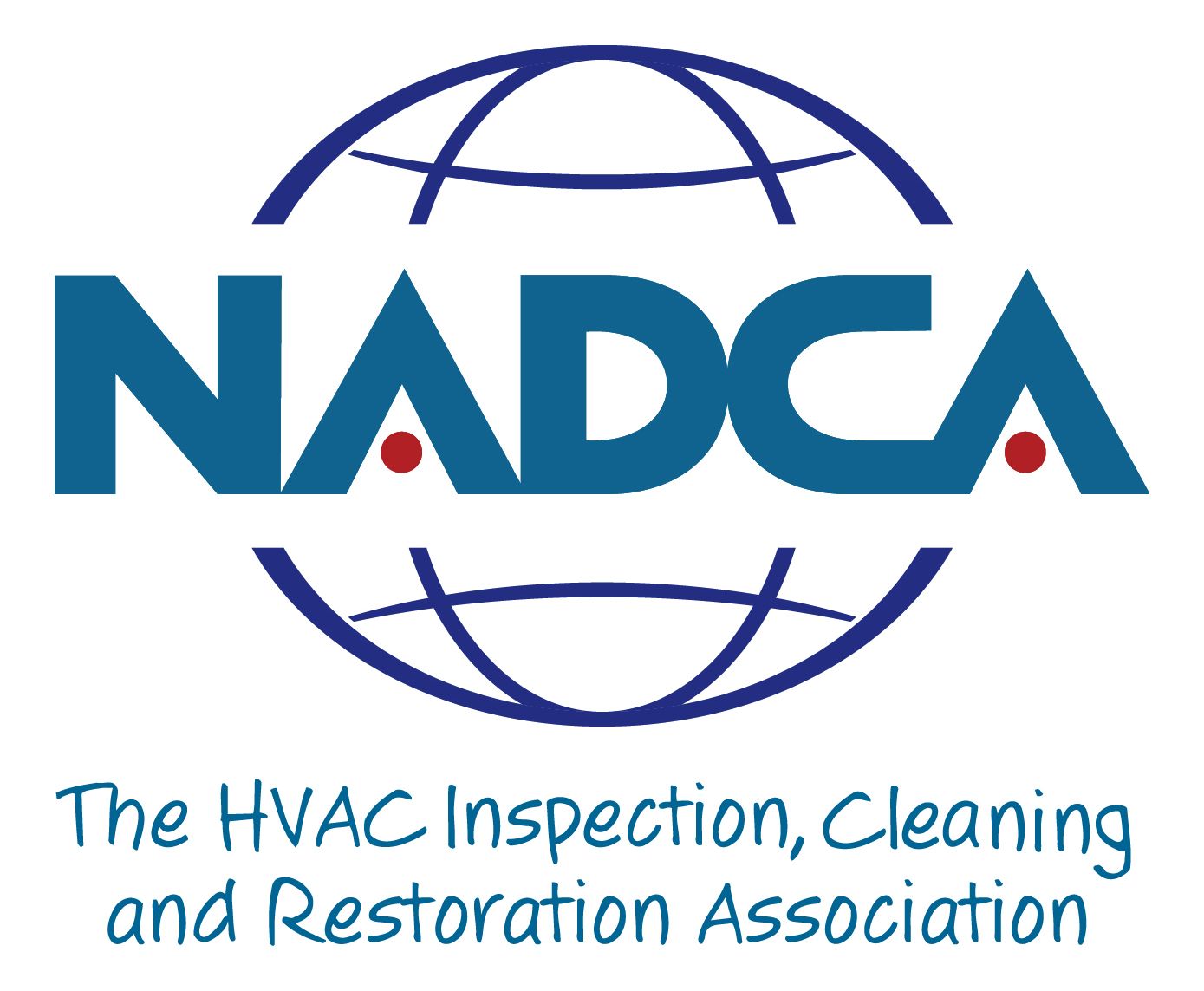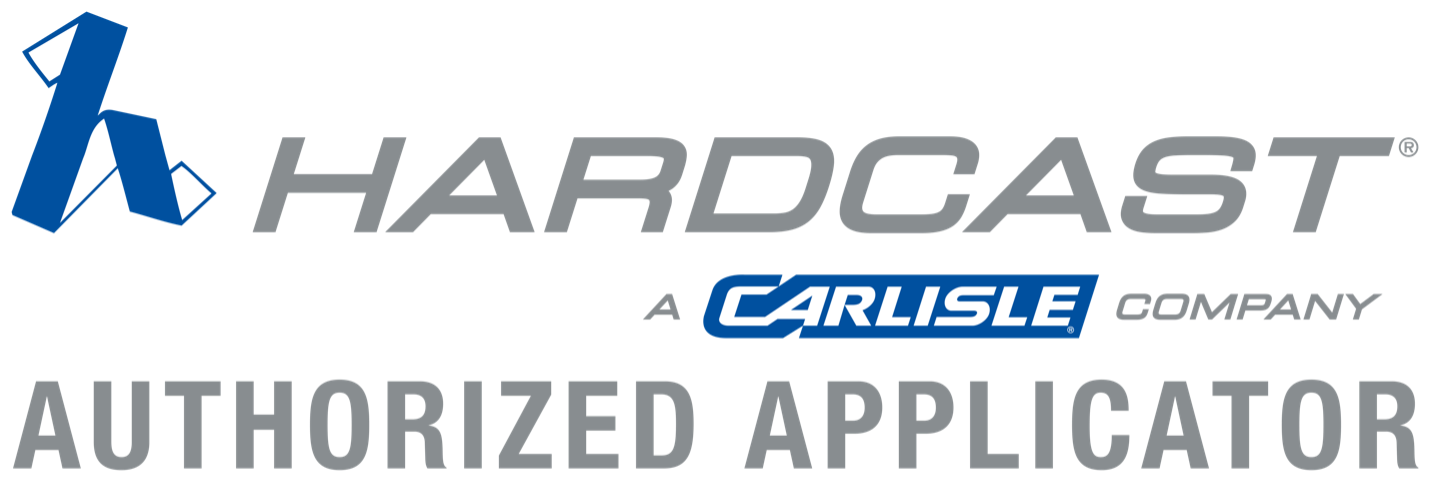7 Signs Your Dryer Vents Need to Be Cleaned
Dryer vents are the most overlooked appliance in your home and yet one of the most used. If you neglect to clean your dryer vents regularly, you may face some serious problems that can affect your safety, health, and wallet. Here are 7 signs that you need to have your dryer vents cleaned as soon as possible.
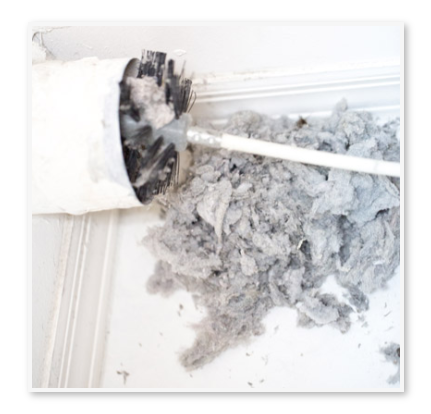
1. Your Clothes Take Longer to Dry:
This is one of the most obvious yet common signs of a clogged dryer vent. When the vent is blocked with lint, dust, or debris, the hot air cannot escape properly and the drying time increases. This not only causes your dryer to overheat but also can damage your dryer.
2. Your Dryer is Hot to The Touch:
If your dryer feels unusually hot after a cycle, it means that the heat is not venting out properly and is building up inside the machine. This can pose a fire hazard and damage your dryer. You also may notice your laundry room feels warmer or more humid than usual.
3. You Smell Something Burning:
This is the most serious sign that you need to get your dryer vents cleaned immediately. A burning smell indicates that lint has accumulated in the vent and is catching fire. This can quickly spread to your dryer and your home, causing a devastating fire.
4. You See Lint or Debris Around the Dryer Vent Opening:
This is a sign that your dryer vent is clogged and needs to be cleaned immediately. Lint or debris around the vent opening means that the air flow is restricted and some of the lint is escaping from the vent. This can also attract pests and rodents that can nest in your vent and cause even more problems.
5. Your Energy Bills Are Higher Than Usual:
If your dryer takes longer to dry your clothes, it also uses more energy and increases your utility bills. A clogged dryer vent will make your dryer work harder and consume more electricity or gas. By cleaning your dryer vent, you can improve your dryer’s performance and save money on your energy bills.
6. You Notice Mold or Mildew on Your Clothes or in Your Laundry Room:
A clogged dryer vent can cause moisture and humidity in your laundry room, which can lead to mold or mildew growth on your clothes or walls. This will damage your clothes and create health problems for you and your family. Mold or mildew can also indicate that there is water damage or leakage in your dryer vent, which needs to be repaired immediately.
7. Your Dryer Vents Have Not Been Cleaned in Over a Year:
Even if you do not notice any of the above signs, you should still get your dryer vents cleaned at least once a year. Over time, lint and other materials can build up in your vent and reduce its efficiency and safety. Cleaning your dryer vent regularly can prevent potential issues and extend the life of your dryer.
Need Help With Your Dryer Vents?
These are some warning signs that your dryer vents need to be cleaned by a professional immediately. A dirty dryer vent can reduce your dryer’s performance, increase fire risks, shorten its lifespan, and cause health issues for you and your family. Air Ductors Inc can help you keep your dryer vents clean and safe when you contact us for an appointment today! We offer dryer vent cleaning in Crown Point, De Motte, Valparaiso, and the South Suburbs area of Chicago! Learn more about the cost of dryer vent cleaning by clicking here!

